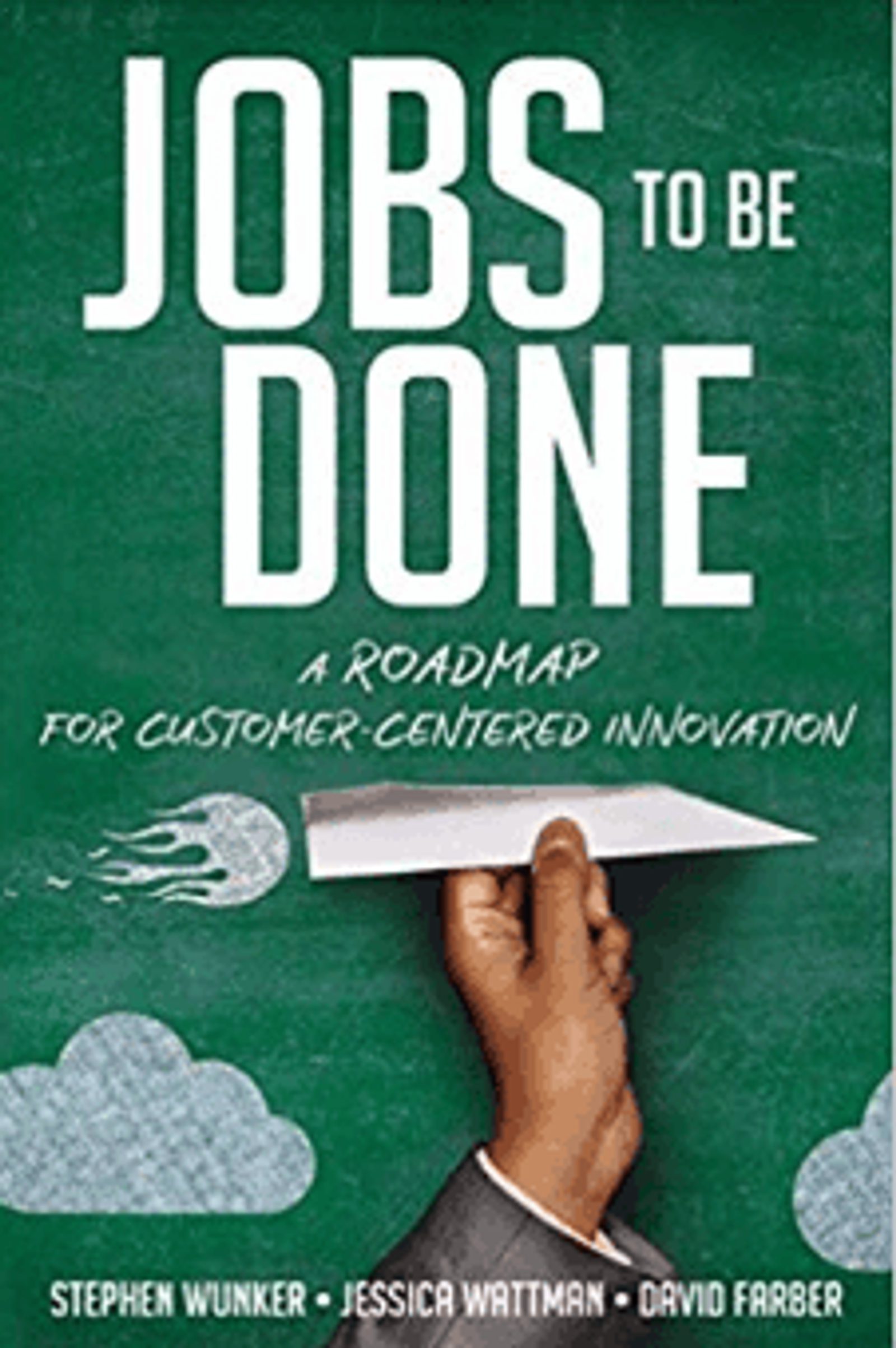How do you sell to customers?Wait, first things first...How do you even get customers?Answer: customer acquisition planThis post will cover:
- What is customer acquisition?
- How to create your customer acquisition plan
- The most important customer acquisition tip you can get
What is customer acquisition?
Customer acquisition is how you get a prospect into your sales pipeline. It means:
- Understanding the evolution of the customer experience
- Knowing how much your business spends
- Knowing how much your business earns
- Do you have leads?
- What kind of leads?
- Can they be prospects? Do you have prospects? What kind of prospects?
- Can they be customers?
- Can you grab more of them, and how?
How to create your customer acquisition plan
When you think about how you approach marketing or acquiring customers, do you focus on demand generation or lead capture? You might think they’re the same thing, but they’re not.What's the difference?Lead capture: If you know people are already looking for your service, you can focus on capturing those leads. They already exist, and you don’t have to create demand.Demand generation: No one is looking for what you have, and you need to build brand awareness. Build awareness and create demand by offering a new service or start marketing to a new customer base. Demand generation aims to put your brand and your products in front of potential customers.You can improve your lead capture AND demand generation efforts through customer acquisition channels like:
- SEO
- PPC
- Facebook Ads
- Viral display
- Social media
- PR
- Content marketing influencer partnerships
- Events
“What is a good fit? What are we knowledgeable about that we can get started on? Where are our customers?”
These questions will help you to choose two or three customer acquisition channels to start experimenting with. If you’re capturing high quality leads from Facebook, focus more time and marketing spend on Facebook Ads.If you don’t really have a marketing budget but you have partnerships with influencers, explore your options with them to work out a deal (like trading content).To create a customer acquisition plan that works for you, follow these five steps:- Define your ideal customer (and it’s ok to be wrong)
- Define your goals – what are you optimizing for?
- Define your acquisition funnel
- Know your metrics
- Track everything
1. Define your ideal customer (and it’s ok to be wrong)
Data is the ultimate tool to help define your ideal customer.If you don’t have data, now is the time to start that spreadsheet.If you DO have data, great! Although no one can completely know a customer, your data will help create a sketch of what your ideal customer looks like. Customer data shows you patterns in your customer base.What kinds of patterns? Data like (but not limited to):- Geographic location
- Facebook interests
- Influencers and topics they follow
- Site tracking
- Customer status
- One-time or repeat buyer
- Type of product they buy
- Email engagement
- Email CTR

If you were to market to an agency, think about the day-to-day jobs an agency has to complete. Once you (a marketer) know what those are, you can find the friction points and offer solutions to the agency. Help your customers “get the job done.”At the end of the day, collect all of the data you can and look for patterns:
- Identify their problems, hesitations, and friction points.
- Create lookalike audiences – In other words, look at the behaviors of an audience group similar to your target audience.
- Follow the Scientific Method – Determine your customer from a scientific perspective. Create a hypothesis, choose elements to test, and get it down to a science.
2. Define your goals – what are you optimizing for?
How do you define your custom acquisition strategy goals?Just be SMART. As in…- Specific – Each goal should focus on one outcome
- Measurable – You can efficiently track their progress
- Achievable – You aren’t setting goals that are impossible
- Relevant – The goal is aligned with what your business needs
- Time-based – Choose a timeframe to complete your goal
- Revenue
- Current customers
- Volume of leads
- Website traffic
3. Define your acquisition funnel
Creating an acquisition funnel is more than defining the lead journey. It’s about defining a journey for each type of lead. The lead’s source and actions define their customer journey.Think about the basics. Does the journey start from a social media platform or an organic search? Then go deeper.
Understand how a person goes from unaware of your product to an engaged customer.
And write the whole thing down. Ask yourself questions like:- How many people are on our Facebook page? What types of people are they? What can we do to get them to our website via a blog post?
- Ok, they’re on our website. How do we get them to subscribe to our email list?
- Once they’re on our email list, how can we advertise a free trial to get them into our sales pipeline?
4. Know your metrics
Customer acquisition metrics give you valuable insights and help guide your advertising decisions.What metrics should you follow?
- CPL – The cost per lead that your business covers
- CAC – The cost to acquire a customer. To get this metric, take the number of customers in X month divided by the amount of marketing spend (like what you spend on ads)
- ARPA – The average revenue per account, sometimes referred to as “per customer”
- LTV – The lifetime value ( otherwise referred to as predicted revenue) of a customer
- Lead Yield – The total amount of revenue divided by the number of leads
- CVR – Conversion rate
- CAC: LTV – How much it costs to acquire a customer divided by the predicted customer revenue
5. Track everything
The only way to know if your customer acquisition plan works is to track your results. Tracking helps you validate your experiments with different customer acquisition strategies.And you don’t need expensive tools to do it. You just need to be able to track what you’re testing and what you’ve already tested to reach your goals.Some free tools you can use to track customer acquisition metrics are:- Google Sheets
- Excel
- Google Analytics
The most important customer acquisition tip you can get
Experiment with authentic video early on.Your customers come from multiple acquisition channels that use different methods of communication. But one thing you can use across all of them is video.Video helps simplify your marketing message. It takes complicated services and explains them in 15 seconds.Plus, video is scalable and you can use it in multiple acquisition channels.Video has skyrocketed on social media platforms. Not everyone is a fan, but videos get in front of a lot of people – especially when they’re quick.
- Viewers retain 95% of a message from video, compared to 10% when reading text.
- 72% of customers would rather learn about a product or service through video.
- 65% of people use YouTube to help them solve a problem.
- 64% of consumers make purchases after watching branded videos on social platforms.









